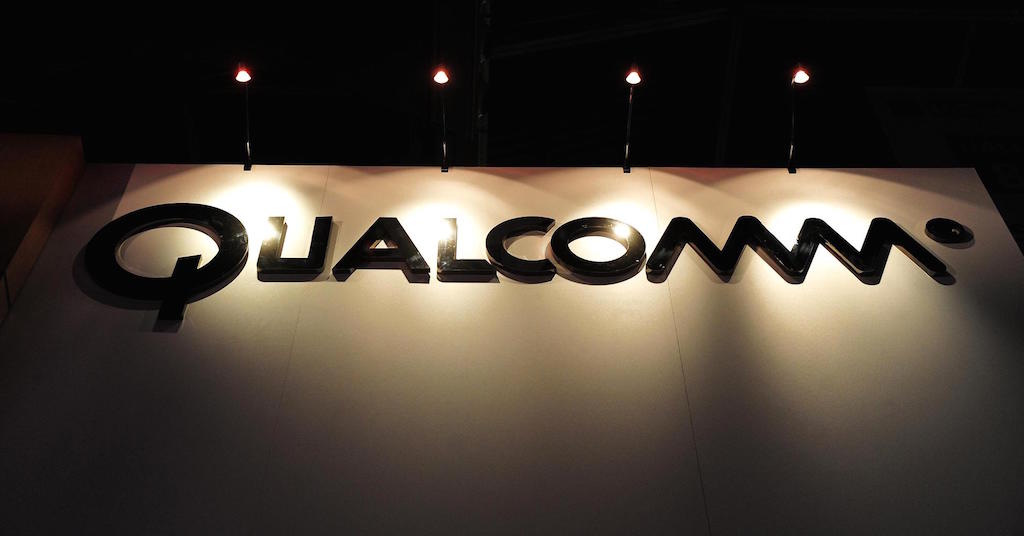Smartphones are often considered to be a reflection of the manufacturer who makes them, with some saying that “a smartphone is no smarter than its maker.” That may just indeed be true in Samsung’s case. The Korean manufacturer decided not to go with Qualcomm’s latest Snapdragon 810 processor due to overheating issues, and new evidence this week seems to vindicate the company who was rumored to go with its own Exynos simply “to make more money.”
Revisiting Qualcomm’s statement on the 810
It wouldn’t be a proper day at SamMobile if we didn’t restate the facts. We’ve already covered LG’s claim about the initial batch of 810 processors overheating, and the company’s decision to go with the 808 processor instead of the 810 in the G4 (despite the use of the 810 in the G Flex 2), as well as HTC’s own thermal issues with its latest One M9 smartphone. We’ve also discussed Qualcomm’s claim that the overheating issue in the 810 is nothing more than a “rumor” that someone decided to take and run with in order to create news. We just want to put Qualcomm’s claim in your mind before you see the new details we’re about to uncover.
Well, the question before us today is, “Who’s telling the truth? Qualcomm or Android manufacturers? Was Samsung right to go with the Exynos 7420 in the S6 and S6 edge? We hope you’re sitting down, ‘cause the new evidence isn’t pretty (at least for Qualcomm, that is).
Sony admits the Snapdragon 810 overheats, customers complain
Sony has confirmed that the Snapdragon 810 overheats, according to blog GSMinfo. The smartphone given the claim? The Xperia Z3+. While Sony says there’s no cause for concern, the Japanese manufacturer also said that one could feel the heat “through the glass on the back,” particularly when one opens applications. The company says that “an update should appear to address the issue,” implying that it seems to be the only issue with the handset at this time.
To make matters worse, Sony Xperia Z4 users took to Twitter to voice their grievances with the overheating problems of the Z4. So, contrary to what Qualcomm says, real users are having overheating issues with the device – and no, it’s not just in their heads. Japanese carrier NTT DoCoMo has now joined in the complaint, with the carrier warning users to let their handsets rest every so often during the day, and to immediately shut them down as soon as the overheating begins.
Another surprise: the Xperia Z3+ and Z4 had revised Snapdragon 810 chipsets
It’s bad enough to have the Snapdragon 810 behaving in this manner, but even worse? The new Snapdragon chipsets in both devices were revised chipsets of the controversial Snapdragon 810. Even with the revision, Qualcomm’s chipset still overheated!
Sony announces the Xperia Z4v at E3 2015 – with the Snapdragon 810 processor inside
With all the new Sony information we’ve provided, you’d think that would stop the Z4v from coming to market, right?
Sony took to the stage at the Electronic Entertainment Expo (known affectionately by gamers as E3) this week and announced the new Xperia Z4v that’s headed to the US as a carrier exclusive with Verizon Wireless. The device has some new specs, with a Quad HD display instead of the 1080p from the Z3v, a 5MP front camera over the 2.2MP front camera in the Z3v, and others, but the biggest surprise of all is that – (drumroll, please) – the Snapdragon 810 processor is inside!
Why would Sony do such a thing?
Well, Sony’s started issuing an update to the Z3+ and Z4, though we don’t have a changelog to verify if the new update contains “thermal improvements” as did HTC’s One M9 update. So, it could be the case that the Z4v will have a nice, new update when users pick it up for the first time.
Another one catches on fire: the HTC J Butterfly now reporting overheating issues with the Snapdragon 810
HTC’s One M9 has already been in the spotlight with its latest device coming in at 30 degrees hotter than the One M8 some weeks ago. The latest with HTC is that its J Butterfly is also experiencing the same.
It appears time for HTC to reissue that thermal improvements update for the J Butterfly.
Conclusion
That’s what we have for now, folks. Qualcomm claimed that the overheating issues with the 810 was nothing but a juicy rumor, but do these claims weeks after Qualcomm’s statement sound like mere rumor to you? We think not.
Many have praised Samsung for its cutting-edge tech in its devices year after year, but it takes more than great spec-stuffing to make a great company. Samsung’s greatest asset this year may be, above its stunning devices, the company’s wisdom to forgo the Snapdragon 810 and implement its own Exynos 7420 chipset and other octa-core CPUs into its devices. Of course, Samsung is still relying on ARM for its Mali GPUs (and has signed a five-year deal through 2020), but Samsung may break that agreement, too, if the need arises.
Sony, HTC, and LG are all unfortunate players in the Android world. At the end of the day, these three Android manufacturers are predominantly reliant upon Qualcomm because they don’t make their own processors or have processors that aren’t ready for primetime (LG’s Nuclun octa-core, for example). Samsung, on the other hand, has an up-and-coming semiconductor business that could just disrupt the industry in 2015. The Snapdragon 810 fiasco is just that – a “fiasco.”
If Qualcomm’s claim that the 810 rumor is just a rumor is true, then Sony, HTC, and LG have all hopped aboard the bandwagon or are getting paid under the table to go along. In this case, however, we tend to side with these three manufacturers who could very well lose sales and overall profit because Qualcomm’s 810 processor is the “hottest” thing, literally, to come from the company in a long time.






